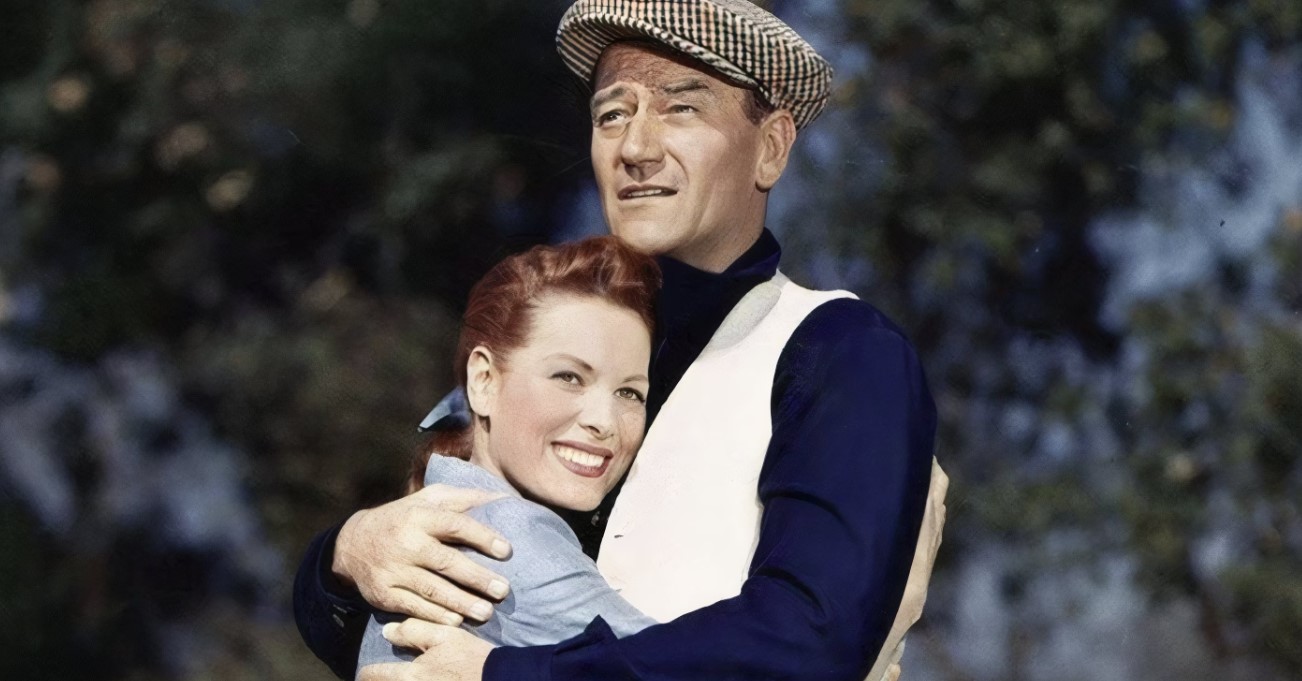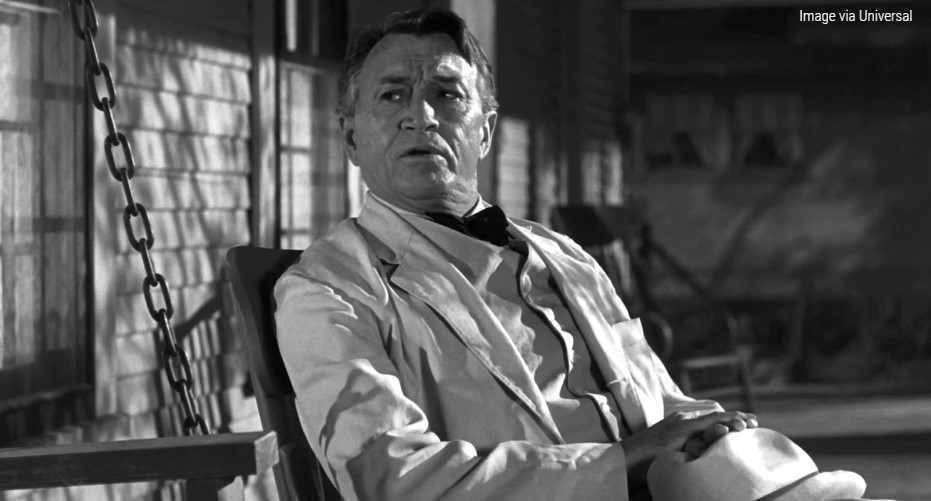John Wayne defined the Western genre. Thanks to his fringe shirt, cowboy hat, and loping walk, one can’t picture a Western hero without imagining his seismic imprint on the genre. However, even someone as prodigious as Wayne can’t define American iconography alone. Wayne became the stuff of legends under the poetic and wondrous visions of John Ford and Howard Hawks, and he was supported by a recurring stock company of reliable character actors, including Ward Bond, Harry Carey Jr., Ben Johnson, and Maureen O’Hara. Starring in a movie with Wayne was like a family get-together, and no actor reached the status of surrogate blood relative quite like Paul Fix, a versatile and prolific character actor who appeared in a whopping 26 movies with The Duke, from his early days as a plucky outlaw to his final years as an aging guardian of the West.
John Wayne Had a Strong Support System Throughout His Career

From his breakthrough appearance as the Ringo Kid in John Ford’s groundbreaking Western, Stagecoach, to his long-awaited Academy Award for playing Rooster Cogburn in True Grit, John Wayne was a mainstay in American cinema and pop culture alike. The iconic introduction to Wayne in Stagecoach set the tone for the star’s larger-than-life screen presence. Simply put, he transcended the screen at all times, whether as a sheriff in Rio Bravo, a vengeful nomad in The Searchers, an aging cavalry captain in She Wore a Yellow Ribbon, or a boxer returning to his Irish home in The Quiet Man. Wayne symbolized the idyllic, patriotic American to such a degree that it informed his staunch conservative and nationalist political views.
A mighty heroic figure like Wayne is integral to the fabric of the Western genre, but it is the recurring supporting actors who give the genre its flavor. Actors like Ward Bond, Walter Brennan, George O’Brien, and John Carradine were each primal versions of the “that guy,” recognizable faces who you’ve seen in countless movies but can never pinpoint their names. No actor has viewers pointing at the screen as they try to recall the name of “that guy” quite like Paul Fix. Embodying a classic everyman, Fix often appeared in Westerns as law enforcement officials and local townspeople. He refreshingly looked nothing like a stereotypical, glamorous Hollywood actor, despite starring in over 300 films and dozens of television shows. Fix rose in prominence after taking on the lead role in the classic Western series, The Rifleman, where he played Micah Torrance. In his early years, Fix routinely played bandits and gunslingers. As he aged, he played less violent figures, notably judges, bankers, and ranchers. Fix also dabbled in writing, as he received a screenplay credit for the Wayne Western, Tall in the Saddle.
Paul Fix Was a Frequent Collaborator and Mentor To John Wayne

In Fix’s vast filmography, the most frequent occurrence is John Wayne movies — 26, to be exact — topping Ward Bond’s 22 collaborations with The Duke. Three Lost Girls, a 1931 drama featuring a young Wayne, was one of the actor’s first leading roles, and it features an uncredited appearance by Fix. After their first movie, the pair appeared together consistently until the early ’70s, Cahill, U.S. Marshal being their last collaboration. In this window of time, notable Wayne classics also saw supporting performances by Fix, including Red River, She Wore a Yellow Ribbon, The Fighting Seabees, Wake of the Red Witch, Tall in the Saddle, Hondo, and El Dorado. However, Fix was not just an ancillary figure to Wayne’s filmography, as he starred in other essential Westerns such as the Nicholas Ray psychological drama, Johnny Guitar, the American epic, Giant, and Sam Peckinpah’s Bob Dylan-scored revisionist Western, Pat Garrett & Billy the Kid. In one of the most famous scenes in one of the most iconic films of all time, the trial in To Kill a Mockingbird, Fix plays the judge hearing the central case. Fix could really do it all, as he even appeared in an early episode of the original Star Trek series.
Fix’s 26 credits in Wayne’s movies only tell half the story, as his impact on The Duke’s legacy was invaluable. Not only was Fix always by his side on the screen, but he was also a close friend of Wayne’s away from the camera. According to a Wayne biography, Shooting Star, Fix was an influential mentor to the actor. Meeting him at a young age, he became Wayne’s unofficial acting coach, who developed the star’s vocal tenor that was unlike anything heard before or since. While filming, Fix would stand by the camera and guide Wayne on how to perform a scene. He would defend his student from being verbally attacked by John Ford, a director notorious for his vicious streak on set. Someone who walked like John Wayne in real life would be looked at with peculiarity, as it defies conventional notions of natural movement. Wayne’s lumbering and methodical walk defined his rich iconography and unforgettable presence. The legend states that Fix was the man responsible for teaching Wayne how to grace the screen with a unique stroll. Wayne, the most prominent member of the John Ford Stock Company, belonged to a surrogate family. Fix’s son-in-law was Harry Carey Jr., the frequent Ford collaborator and son of Harry Carey Sr., who was another role model for Wayne.
Paul Fix Represents an Old School Archetype of Acting

Fix is representative of the kind of character actor that was unheralded in their day, worked tirelessly, but never received the level of admiration of movie stars. However, Fix became a beloved figure, earning the reverence of his fellow cast and crew members.
Someone like him doesn’t win Oscars or receive glowing feature stories in the press, but they are essential to rounding out the big picture of a movie. Fix worked non-stop throughout his storied career, starring in 151 episodes of The Rifleman. The actor, who died in 1983 at 82, appeared on-screen through the ’70s, with his last credit being an episode of Quincy, M.E. in 1981. Paul Fix was the quintessential actor’s actor. By being an ancillary figure to the stardom of John Wayne, Fix forever integrated himself into Hollywood history.
